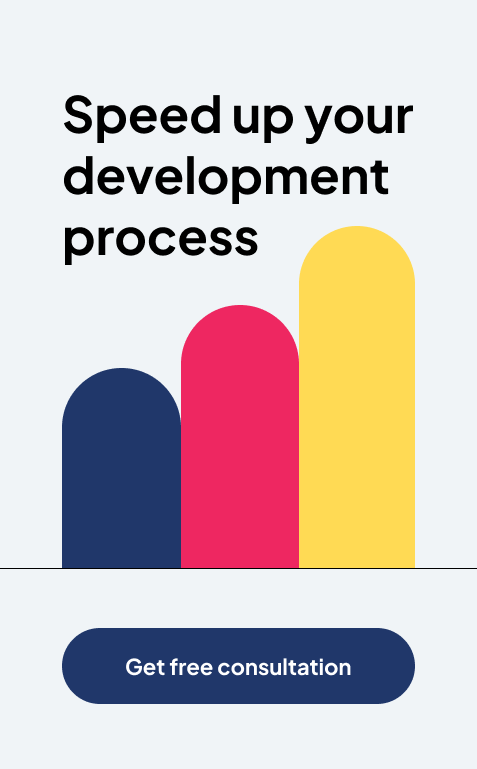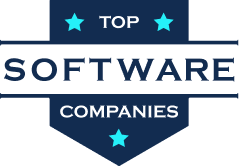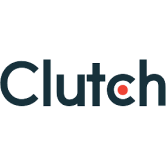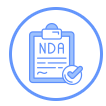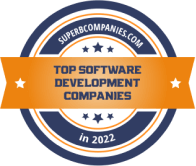Dynamic Pricing: How Startups Can Adapt to Market Changes

Uber had a serious issue in 2016. Prices went up during rush hours or bad weather. Riders were unhappy. But Uber made a smart move. They changed their pricing system. They made it clearer and fairer. Drivers still got good pay, and riders felt it was fair. This helped Uber keep its customers happy. It also showed how powerful dynamic pricing for startups can be.
For startups, pricing can be tricky. Markets keep changing. Customers expect fair prices. Businesses need to make a profit. This is where startup pricing strategies for market changes help. It keeps prices flexible. It helps startups stay ahead and earn more.
But what exactly is dynamic pricing? And how can startups use it?
In this blog, we will elaborate more on the issue. We will go into detail on what dynamic pricing is, its importance, and the right time to apply it. We will provide practical tips for implementation and essential tactics for rapidly changing market conditions. By the end, you’ll be well informed of all the helpful tactics crucial for the expansion of your startup.
What is Dynamic Pricing?
Dynamic pricing is the concept that means changing the value of a particular service or product. It differs from one person to another. It is determined by willingness to pay, other target market considerations, and much more.
Dynamic pricing constantly shifts, unlike fixed pricing. Some of the benefits of dynamic pricing for small businesses are improved market responsiveness and optimized profit.
For example, have you ever tried to consider why flights are less expensive over the weekdays while the prices of hotel accommodations increase over the weekends? That is when dynamic pricing is relevant. Businesses utilize it so that they can meet demand and make sales.
Types of Dynamic Pricing
Dynamic pricing comes in different forms depending on how businesses adjust prices. Here are the main types you’ll often see:
Time-Based Pricing – Price fluctuation happens in this model based on the demand. For example, movie tickets are cheaper during the day compared to the evening or weekend hotel prices.
Segment-Based Pricing – Certain demographics pay more than others. Such as, business travelers pay more for tickets when the flight is booked closer to take off. In contrast, students are often offered lower fares.
Peak Pricing – Prices surge when demand is greater, Uber users often experience this during rush hour. Concert tickets cost more for popular events.
Penetration Pricing – Attractive low costs are set at the beginning to capture the interest of potential customers. This is then followed by an increase in the price. For example, Netflix starts with free trials, but charges afterward.
Dynamic pricing helps bring in more revenue without irking customers. However, will it be beneficial for startup businesses? Let’s explore this!
Why Should Startups Use Dynamic Pricing?
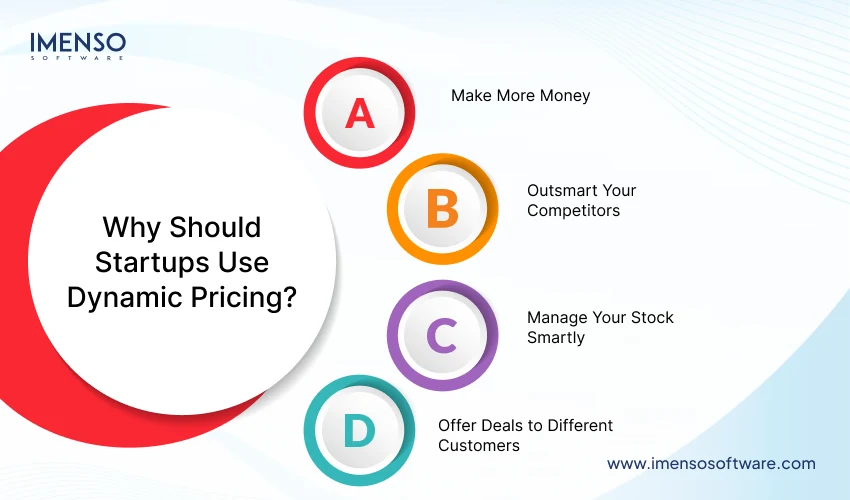
Adapting dynamic pricing for startups accelerates their growth and increases revenues. It lets businesses charge the right price at the right time. These factors help in increasing the sales. Following is a list of some of the most common advantages of dynamic pricing for startups.
Make More Money
Dynamic pricing for startups allows them to set prices based on demand. When customers are eager to buy a product, prices can be raised. When potential customers decrease, prices can be reduced. In each case, the optimal price for the product is found.
Outsmart Your Competitors
One of the key benefits of dynamic pricing for small businesses is to stay competitive and make the most out of the constantly changing markets. When a competitor changes their prices downward, you can change yours in real time. This also helps to keep businesses in the game and continue meeting demands let alone expectations.
Manage Your Stock Smartly
Dynamic pricing is used for controlling stock levels. If too many items exist in stock, the prices can be lowered to increase sales. When stock is low, prices can be increased to generate more revenue from the limited availability. This makes sure the company is never caught with too much or too little stock.
Offer Deals to Different Customers
Dynamic pricing lets you offer different prices to different customers. You can give loyal customers discounts or charge higher prices for premium services. This allows you to strengthen your customer relationships and increases the chances of them coming back.
When Should Startups Implement Dynamic Pricing?
Adapting pricing strategies in startups requires careful timing. If they implement dynamic pricing too soon, their pricing strategy may be confusing to their customers. If they do it too late, they kiss away profit. The best time depends on the market, competition, and customer demand. Startups should test and adjust prices to find what works best.
Startups should consider practicing dynamic pricing when::
- They are entering a competitive market and need to attract customers.
- Changing trends or seasons dictate customer demand.
- Prices need to be elevated for limited stock items to maximize profits.
- New products are about to be launched and price testing is a great opportunity.
- Competitors adjust their prices frequently and it’s a must to stay relevant.
How Startups Can Implement Dynamic Pricing
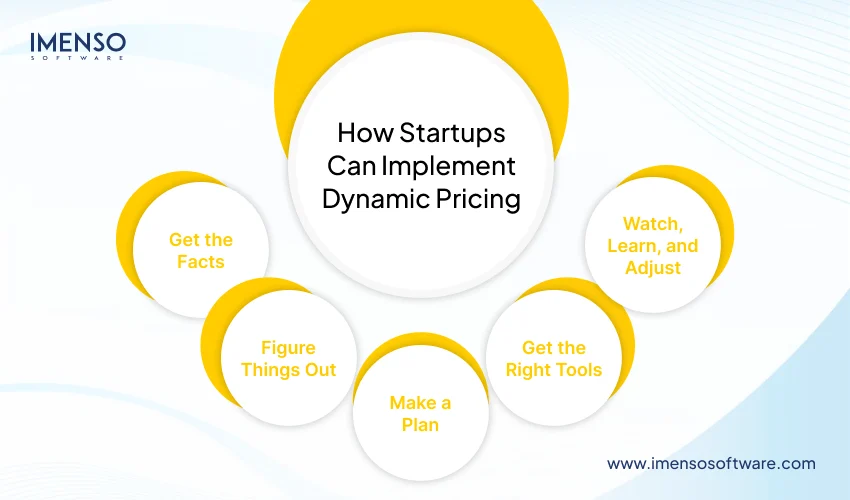
There are a variety of approaches and tactics that are used to apply dynamic pricing for startups. They only have to gather adequate information, assess it, and develop an adaptive pricing model. Startups can start implementing dynamic pricing as follows:
Get the Facts
Data is power. Startups need to collect the right data as it is key for defining the model. It helps in establishing how valuable the customer segment is, and it enables to gathering of information on the existing market. Competitor activity also needs to be closely monitored. Gather information on market indicators and use that for pricing as well. Here’s how to collect and use that valuable data:
- Track what customers are buying and when.
- Watch your competitors to stay competitive.
- Look at market trends to spot opportunities.
- Get feedback to understand how price-sensitive customers are.
Figure Things Out
After you have gathered the data, look at it closely. Startups can discover when and what products customers choose through patterns. They can also see when demand is high. This allows them to determine which times of the year they need to adjust their prices. The benefits of dynamic pricing for small businesses become clear when you understand these patterns. Here are the most relevant things to pay attention to:
- Look for trends to know when to adjust prices.
- Compare your prices to competitors’ prices.
- Spot busy times when demand is higher.
- See what your customers are willing to pay and adjust accordingly.
Make a Plan
After the analysis, it is now time to formulate and build a pricing plan. Dynamic pricing for startups works best when you choose models that fit your specific goals. For instance, during busy hours, increase the prices or alter them by which category the customer fits into. Adjust strategy where necessary. Flexible strategies enable you to adjust to the market changes. Pay close attention to the following points.
- Set clear pricing goals that match your business needs.
- Choose the best pricing model for your goals.
- Be ready to change your prices based on customer needs.
- Keep the strategy flexible to respond to market changes.
Get the Right Tools
Technology helps manage adapting pricing strategies in startups. Through the use of data, pricing can be altered automatically. Choose those that integrate with your sales systems. Make it a point to do pre-launch testing. The right technology makes everything easier and more efficient. Here are some considerations:
- Use software to adjust prices automatically.
- Connect pricing tools with your sales platforms.
- Make sure the tech works with large amounts of data.
- Test the system before fully launching it.
Watch, Learn, and Adjust
Once dynamic pricing is implemented, observe how it operates in the market. Sales volume and customer satisfaction are vital matrices to try and monitor. If your forecasts seem too optimistic, then the prices may need to be lowered. Pricing needs to be adjusted with the dynamics of the market. Continuously evolve your strategy so that prices remain competitive. Here’s what you need to concentrate on:
- Track sales and customer reactions to see if the pricing works.
- Be ready to make changes if things aren’t going as expected.
- Test different prices and see what works best.
- Stay flexible and adjust as market conditions change.Also Read:
Top Lead Generation Strategies for Startups on a Budget
Top 10 Cost Control Strategies for Startups
How Startups Can Scale Smartly: Leveraging Technology and Services to Achieve Sustainable Growth
Dynamic Pricing Strategies for Changing Markets
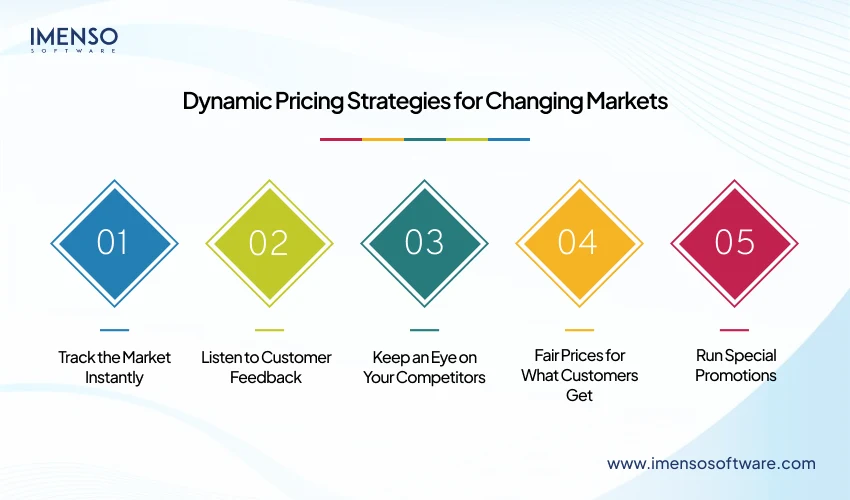
Markets move fast, and startup pricing strategies for market changes must be quick to adapt. Prices can increase or decrease with ease depending on the desires of consumers, competition, and market activity. For this to be achieved, you need to have a plan that gives you the flexibility to change prices whenever you deem it necessary.
Below are some key strategies to help you do just that:
Track the Market Instantly
Startups must assess whether the market’s conditions are favorable for making sound pricing choices. In this way, you utilize seasonality, changes in demand, and customer behavior to inform your pricing. This is necessary to remain competitive in the market. You should monitor the changes in the environment and respond to them if needed.
Listen to Customer Feedback
Active user feedback collection is a must for dynamic pricing for startups. Pricing decisions benefit from user feedback. Adjust it whenever customers expect too low or too high. Gathering insights and making incremental changes guarantee that your prices reflect what the customers are expecting.
Keep an Eye on Your Competitors
Adapting pricing strategies in startups comes with keeping an eye on your competitors. This means that watching their pricing will influence the price range you set. If they set lower prices, chances are you will have to set the prices lower too. Likewise, if they set higher prices, it could be an opportunity for you. Be on the lookout for what’s going on in your business.
Fair Prices for What Customers Get
Sometimes it is easy for businesses to fixate on cost rather than value. Identify how much your product or service is worth to your customers. Great value means price isn’t a deterring factor. In turn, this value pricing maximizes revenue and improves customer satisfaction.
Run Special Promotions
Promotions are effective ways to sell more products during low sales months. Discounts or special offers that last for a brief period may prompt some people to spend money even when there isn’t a lot of demand. Such offers motivate and encourage individuals to act promptly, thus assisting you in boosting sales during slow periods.
These advances help startups to effectively calibrate their pricing against market shifts, remain active in the market, and increase profits.
Final Thoughts
Dynamic pricing for startups is a game changer. It allows businesses to set or change prices based on the business’s supply and demand, its competition, and current trends. In this way, revenue can be maximized and competition maintained. So long as the business’s prices reflect current market conditions, it’s sustainable.
If you intend to apply dynamic pricing, Imenso Software will assist you. We understand how to develop techniques that benefit your company. We will show you the correct way and offer you all the necessary resources, you do not have to solve this by yourself.
Wondering what solutions we have provided other businesses? Check out our Clutch reviews. Let’s work together and take your startup to new heights!
FAQs
Which industry most commonly uses dynamic pricing?
Dynamic pricing is widely utilized in the travel, hospitality, and vehicle-sharing sectors. Airlines, hotels, and Uber are a few organizations that regularly shift prices according to the time of day, demand, and users’ behavior to remain profitable.
How does dynamic pricing better clear the market?
Dynamic pricing ensures market clearing by changing prices according to how many people are willing to buy a product. When fewer people are interested in a product, prices are lowered to attract more buyers. Conversely, when demand is high, prices increase to optimal levels while also making sure the product is sold.
How is dynamic pricing used to increase profits in the international market?
Dynamic pricing allows international businesses to adapt and change the prices of their products according to local demands, competition, and overall economic factors in different countries.
Why must firms be careful when using dynamic pricing?
Firms must be careful because if it is not done properly, dynamic pricing will confuse customers and lead to dissatisfaction, even losing customers entirely.
Want more information about our services?
Similar Posts

Creating a Realistic Budget for Your Startup: Best Practices
In 2010, Bobby Ghoshal, and Matthew Ausonio launched Flud, a social news reader. Available for Androids, Windows, iPhones, and iPads, Flud had many unique features. Firstly, users could save or store news and articles in the reading list to read later. It displayed RSS feeds from other news sites, letting the reader stream multiple sources […]...
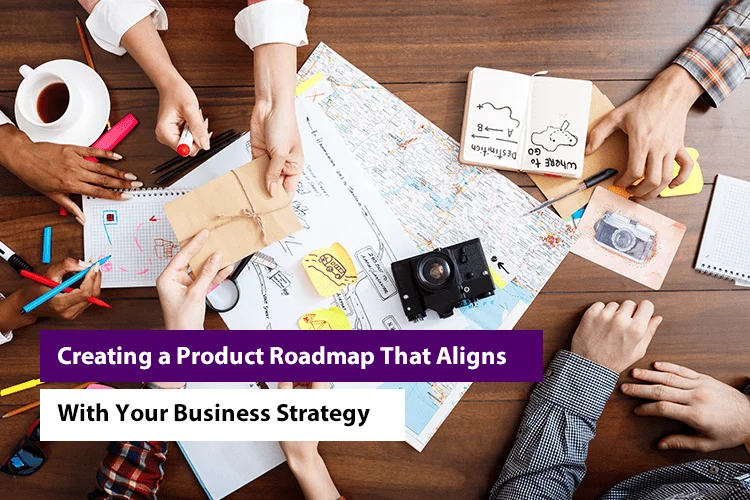
Product Roadmap for Startups: Aligning With Your Business Strategy
“Whenever you see a successful business, someone once made a courageous decision.” Peter Drucker Of course, the courageous decision can be starting a business. But it can also be creating a product roadmap. An effective roadmap presents a clear path forward, communicating how an organization’s short-term efforts align with its longer-term objectives. When done right, […]...
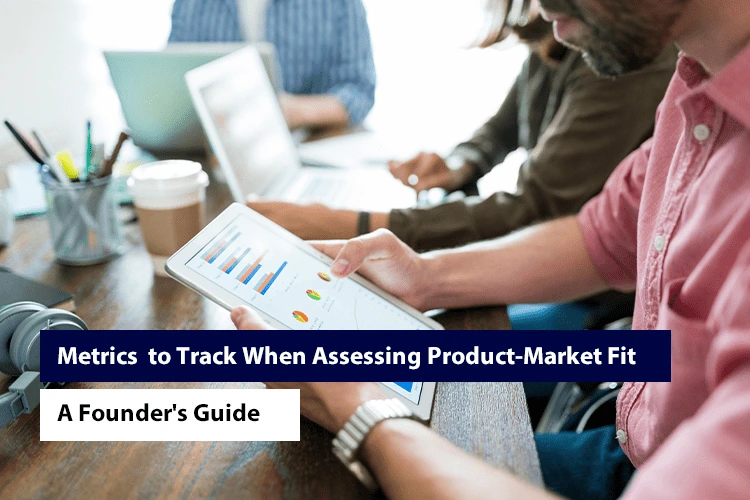
Metrics to Track When Assessing Product-Market Fit: A Founder’s Guide
“You can always feel product-market fit when it is happening. The customers are buying the product just as fast as you can make it — or usage is growing just as fast as you can add more servers. Money from customers is piling up in your company checking account. Investment bankers are staking out your […]...

